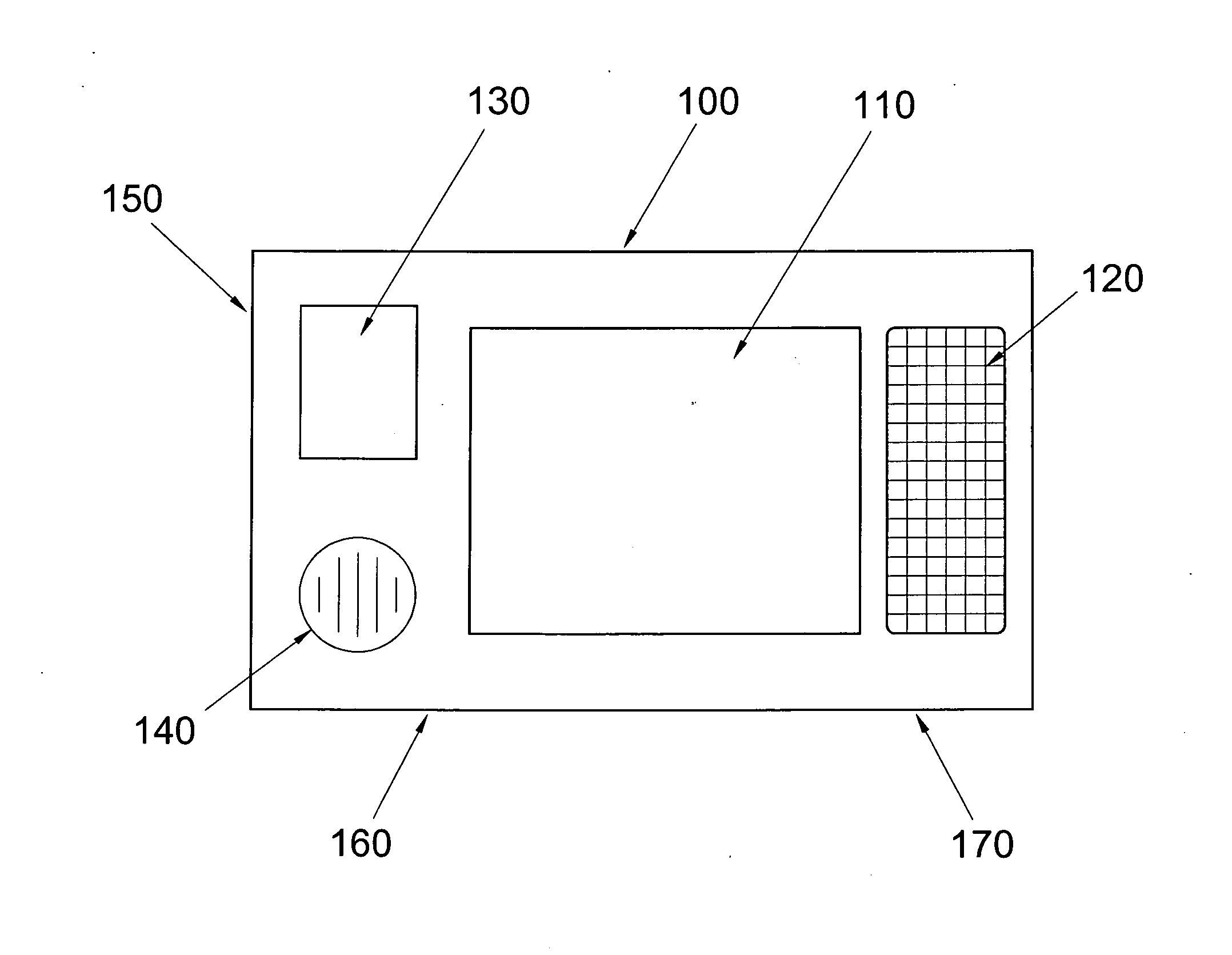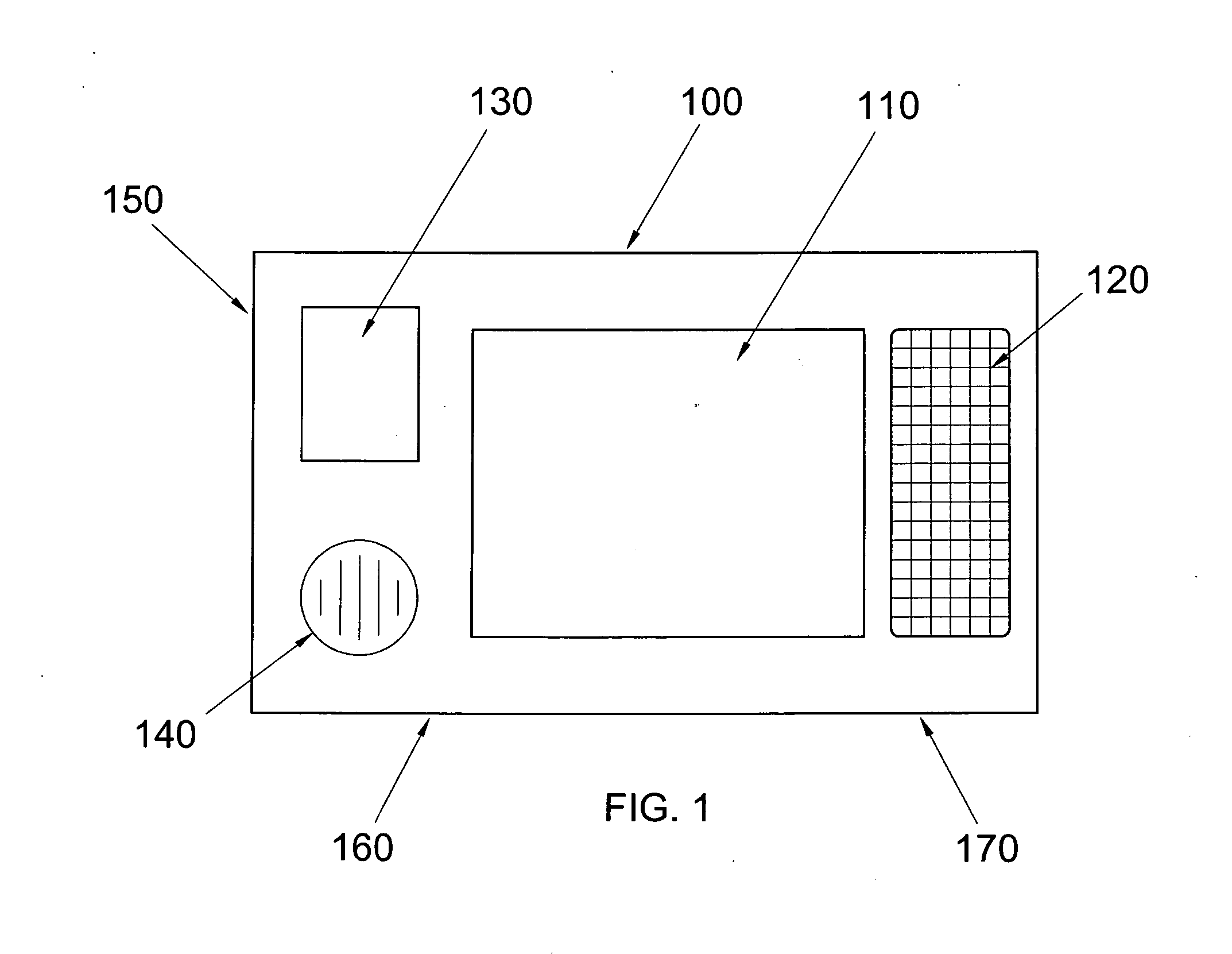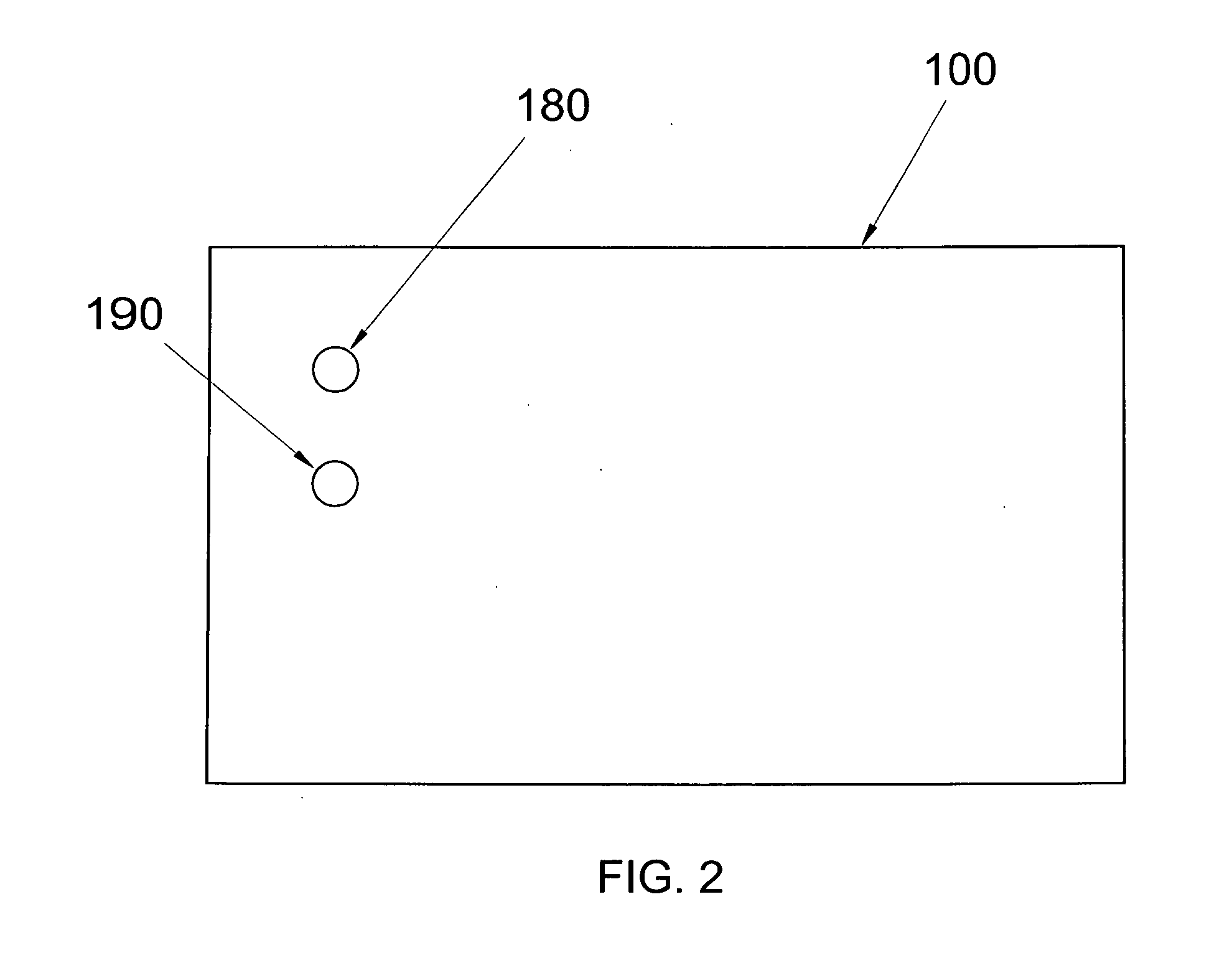Device and system for implementing advance directives
a technology of advance directives and devices, applied in the field of devices and systems for implementing advance directives, can solve the problems of inability to express special provisions of patients, inability to readily find documents expressing the wishes of potential patients, and inability to meet the needs of patients, etc., to achieve the effect of reducing health care costs and reducing over-utilization of health care resources
- Summary
- Abstract
- Description
- Claims
- Application Information
AI Technical Summary
Benefits of technology
Problems solved by technology
Method used
Image
Examples
Embodiment Construction
[0020]The invention provides a device and system which allows a substantial improvement in the delivery of health care in a variety of urgent and emergent care settings. The proposed system is portable, permitting it to be taken to essentially any location that a first responder might be asked to deliver care. Various implementations of the device and system either require access to a communications network for data retrieval or are self-contained (storing data within the device or storing data locally on the enrollee's person using a PDCS) and can be deployed without access to a communications network. A basic implementation of the device and system enables near-instantaneous access to a patient's advance directives medical information including, but not limited to, the patient's desire for mechanical support (ventilator, etc.), blood transfusions, willingness to undergo invasive procedures, or surgeries, the use of defibrillators, the use of CPR, etc. as well as important contacts...
PUM
 Login to View More
Login to View More Abstract
Description
Claims
Application Information
 Login to View More
Login to View More - R&D
- Intellectual Property
- Life Sciences
- Materials
- Tech Scout
- Unparalleled Data Quality
- Higher Quality Content
- 60% Fewer Hallucinations
Browse by: Latest US Patents, China's latest patents, Technical Efficacy Thesaurus, Application Domain, Technology Topic, Popular Technical Reports.
© 2025 PatSnap. All rights reserved.Legal|Privacy policy|Modern Slavery Act Transparency Statement|Sitemap|About US| Contact US: help@patsnap.com



